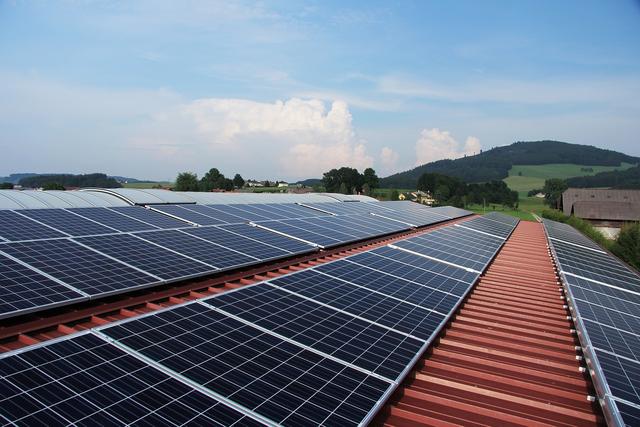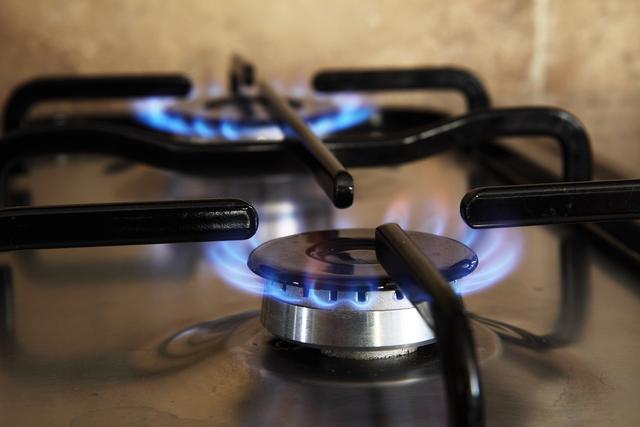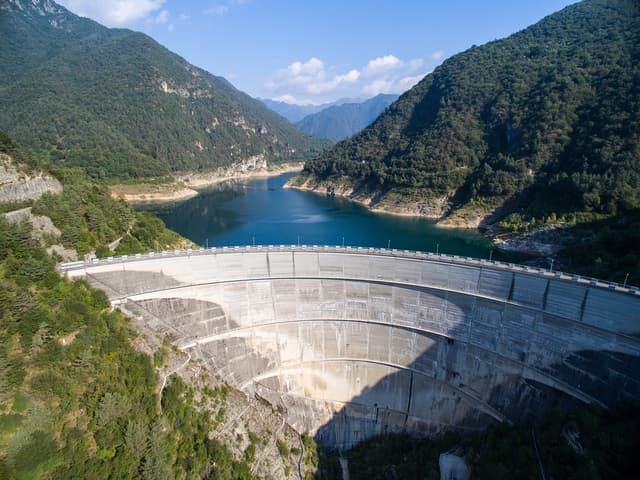Myths about teaching can hold you back
- Year 5
Non-renewable energy sources
I can explain why non-renewable energy sources are contributing to the energy problem.
- Year 5
Non-renewable energy sources
I can explain why non-renewable energy sources are contributing to the energy problem.
These resources were made for remote use during the pandemic, not classroom teaching.
Switch to our new teaching resources now - designed by teachers and leading subject experts, and tested in classrooms.
Lesson details
Key learning points
- Non-renewable energy sources, e.g. fossil fuels, are those that cannot be replaced and will eventually run out.
- Fossil fuels such as gas, oil and coal are transported across the globe by ships, lorries and pipelines.
- Burning fossil fuels releases carbon emissions into the atmosphere.
- A way of reducing climate change is for countries to stop using non-renewable fossil fuels.
Keywords
Non-renewable energy - Non-renewable energy sources, such as fossil fuels, that cannot be replaced and will eventually run out.
Renewable energy - Types of energy that can be re-used and will not be used up or run out.
Climate change - Climate change is a large-scale and long-term change in the planet’s climate, including weather patterns and average temperatures.
Carbon emissions - Carbon emissions are the release of carbon into the air and atmosphere around us.
Common misconception
The production of all energy is contributing to climate change.
The production of energy through burning non-renewable fossil fuels is contributing to climate change.
To help you plan your year 5 geography lesson on: Non-renewable energy sources, download all teaching resources for free and adapt to suit your pupils' needs...
To help you plan your year 5 geography lesson on: Non-renewable energy sources, download all teaching resources for free and adapt to suit your pupils' needs.
The starter quiz will activate and check your pupils' prior knowledge, with versions available both with and without answers in PDF format.
We use learning cycles to break down learning into key concepts or ideas linked to the learning outcome. Each learning cycle features explanations with checks for understanding and practice tasks with feedback. All of this is found in our slide decks, ready for you to download and edit. The practice tasks are also available as printable worksheets and some lessons have additional materials with extra material you might need for teaching the lesson.
The assessment exit quiz will test your pupils' understanding of the key learning points.
Our video is a tool for planning, showing how other teachers might teach the lesson, offering helpful tips, modelled explanations and inspiration for your own delivery in the classroom. Plus, you can set it as homework or revision for pupils and keep their learning on track by sharing an online pupil version of this lesson.
Explore more key stage 2 geography lessons from the Energy: how do we power the world? unit, dive into the full primary geography curriculum, or learn more about lesson planning.

Licence
Prior knowledge starter quiz
6 Questions
Q1.What problems is climate change leading to?
Q2.Which of the following is a fossil fuel?
Q3.What do we use fossil fuels for?
Q4.What is one reason why a country may have high levels of energy use?
Q5.How does the production of energy impact on climate change?
Q6.Order the processes below
Assessment exit quiz
6 Questions
Q1.The production of energy from fossil fuels has what effect on climate change?
Q2.What is the meaning of non-renewable?
Q3.In 2021, what percentage of global energy used came from burning fossil fuels?
Q4.Which type of energy sources contribute to climate change?
Q5.Reducing use of which of these energy sources can help to reduce climate change?





